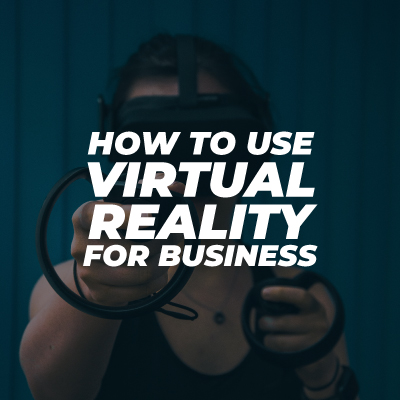

What are some of the best digital twin examples?
What are some of the best digital twin examples?
A digital twin revolution is on the horizon. Intentionally born for aerospace applications, Digital Twins have now been used in a variety of engineering sectors: from construction to automotive, from healthcare to aerospace, and from software engineering to cyber-physical systems and blockchains. But what are some of the best digital examples?
So, what is a digital twin?
In simple terms, a digital twin is a digital representation of a real world object or system. The use of a digital twin is a model that mirrors a real life physical object, organisation, person or process. So it is simply an assistance system for production facilities that uses integrated simulation models to find solutions quickly when problems arise.
These simulations of production facilities help you to determine the ideal operational workflow in your product. As an integrated part of a digital twin, these simulations can draw on current data flows and swiftly find clear options to help the system operators reach a decision when problems arise.
Well known Digital Twin examples
There are specific examples of digital twins, but first, we are going to look at what areas of real-life examples of digital twins are used. Firstly, manufacturing, which is one of the primary areas where digital twins are adapting operations.
Many automotive manufacturers have taken digital twin technology to revolutionise the way cars are made. Although some would argue that simulations are more beneficial for this area of work.
The brand, Ford, develops seven digital twins for each model of vehicle they create. Each twin covers a different aspect of production from design to build and operation. Also, the brand uses digital models for the manufacturing process, production facilities and customer experience.
In their production facilities, the digital twin can accurately detect energy losses and pinpoint areas where energy could be conserved and overall production line performance improved.
Well known Digital Twin examples
Manufacturing isn’t the only area where digital twins are being used to develop processes, healthcare is also receiving a boost from the technology. Digital twins of patients or their internal organs allow practitioners to simulate procedures and specific environments before trying them in real life.
Bandage sized sensors are used to collect real-life data and inform the digital twin to improve health care. Furthermore, energy is another sector profiting from digital twins. GE’s wind farm has increased productivity by as much as 20%.
The real-time information fed to their digital replicas from sensors on each of the turbines enables more efficient designs and can even suggest changes for making each active turbine more effective.
Twin hotels and cities
By simulating real-life events and situations in restaurants, digital twins are helping the hospitality industry improve the configuration of kitchens and dining areas for smoother people flow and ease of use. Hotels are also jumping in on the developing tech in order to analyse the use of their facilities and deliver a more personalised service to each guest.
If there are digital twins of factories, hotels and wind farms that can improve efficiency and processes, how about an entire city? Singapore and Shanghai both have complete digital twins that work to improve energy consumption, and traffic flow and even help plan developments. Smart cities are fast becoming a reality, providing an excellent way to reduce pollution and increase the well-being of residents.
The human brain
One of the most ambitious uses of digital twins is the human brain, as far as we know, it is the most complex structure in the universe. Creating a digital simulation of it is incredibly complicated, but that hasn’t put people off trying.
The EU-funded Neurotwin project aims to simulate specific human brains in order to build models that can predict the best treatments for conditions such as Alzheimer’s and epilepsy.
There have been other attempts to simulate aspects of the brain in the past, but Neurotwin is the first project that focuses on modelling both electromagnetic activity and physiology. Clinical trials using the model are due to start in 2023.
Google maps
You probably didn’t realise, but Google maps, which we use on a near day to day basis is actually a digital twin. Whether or not it uses the specific “Digital Twin” technology, is irrelevant. It is replicating the real world in near-real time, it’s a digital twin.
But this is arguably the simplest form, imagine if Google Maps overlaid weather, it identified emergency vehicles or you knew the current state in the process of clearing an accident and when your quickest route may again change.
What does all this mean?
The digital twin is an exciting concept and undoubtedly one of the hottest tech trends right now. It fuses ideas including artificial intelligence (AI), the internet of things (IoT), metaverse, and virtual reality and augmented reality (VR/AR) to create digital models of real-world objects, systems, or processes.
These models can then be used to tweak and adjust variables to study the effect on whatever is being twinned – at a fraction of the cost of carrying out experiments in the real world.



